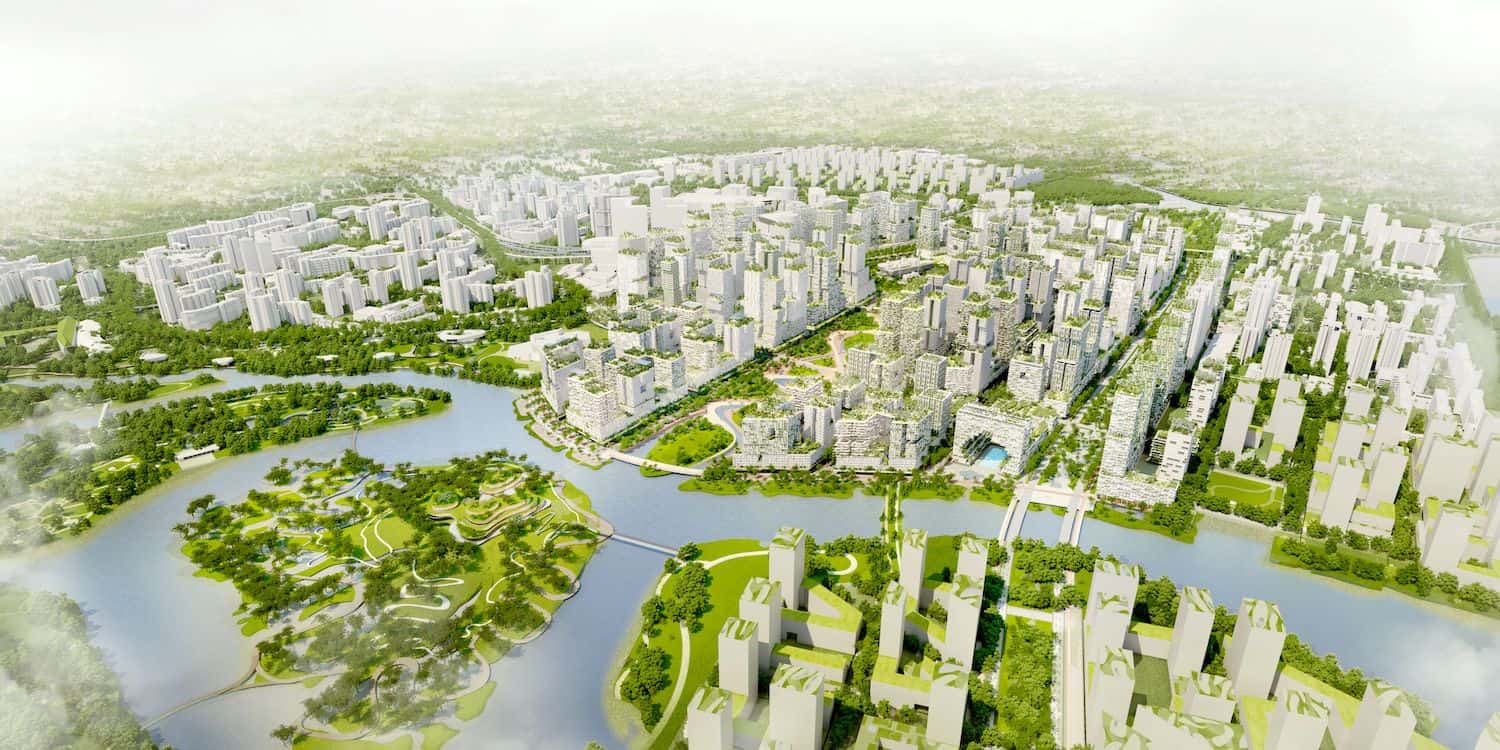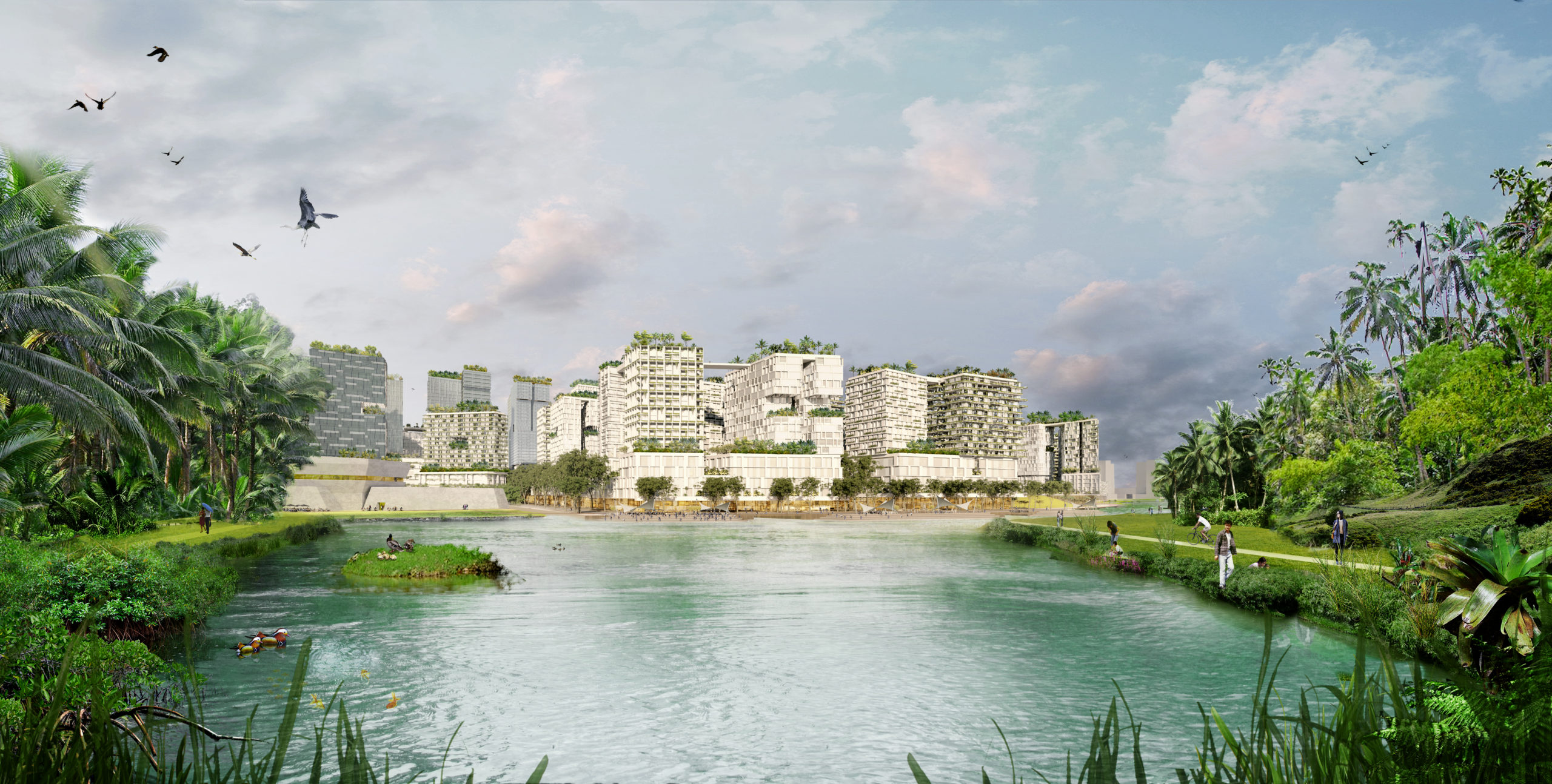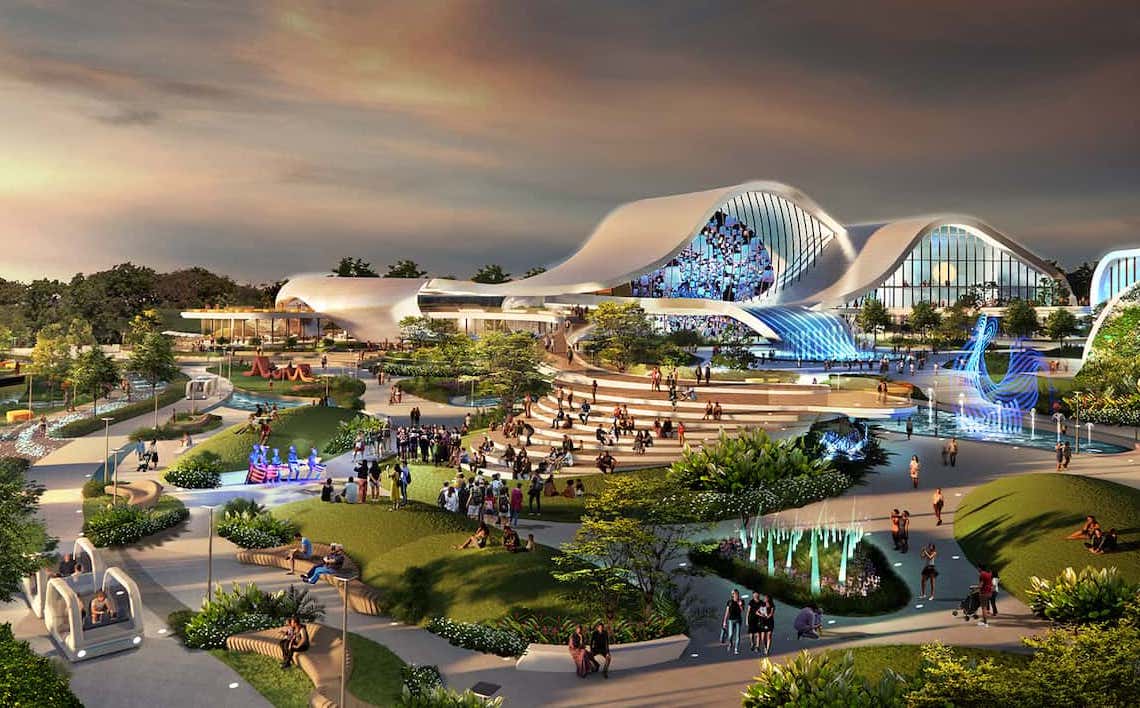This will be Singapore’s largest business district outside the CBD
Brought to you by 

The Western Gateway to Singapore is shaping up with an exciting new opportunity for tourism players to take part in
Singapore’s city centre has been synonymous with a global financial hub, home to the headquarters of multinational businesses and international institutions. It is also the nucleus of culture, entertainment, and the arts.
As part of efforts to bring jobs closer to homes, the Singapore government has been planning for a polycentric city since the early 1990s by developing multiple economic centres islandwide, such as in Tampines and Paya Lebar in the East, Woodlands in the North and Jurong in the West. These economic centres are uniquely positioned to complement the CBD and drive its future economy.
Jurong Lake District, set to become the largest business district outside the CBD, will be a model for urban sustainability to support companies and new jobs in green innovation while also housing mixed uses for living, working and leisure.
As the anchor of Singapore’s Western economic gateway spanning 410 hectares and providing 1.4 million square metres of office spaces, Jurong Lake District is expected to provide more than 100,000 new jobs and offer 20,000 new homes when fully developed. The district also benefits from a wide catchment and business network and ready access to talent, with over a million people and more than 3,000 companies calling the West region home.

A sustainable business district with mixed uses
The value proposition for Jurong Lake District’s development lies in its sizeable land parcels that offer more flexibility in zoning and phasing. This allows property developers to be more imaginative with master planning and development concepts and to pace development in tandem with market demand, ensuring commercial viability.
Generously sized parcels encourage companies to plan for expansion according to business needs. Better yet, it allows companies to locate all their activities and teams in one place, making it possible for developers to erect flagship buildings, encouraging investment from large anchor tenants.
Jurong Lake District will be a model sustainability district where all buildings will be required to be more energy-efficient and greener. It will also be a living lab where companies from the green economy sector, such as those in engineering and architecture, technology, environmental services and green finance, can set up their offices and testbed new urban solutions and business models. The district will be equipped with sustainable infrastructure.
Request for proposals for tourism development in Jurong Lake District
Demand for leisure activities as well as accommodation for visitors is expected to rise with greater business activity in Jurong Lake District. New lakeside attractions will open in the next few years—the 90-hectare Jurong Lake Garden, Singapore’s third national garden after Singapore Botanic Gardens and Gardens by the Bay will be fully completed. Another exciting attraction will be the new Science Centre. Building on the success of the existing centre as a Science, Technology, Engineering and Math (STEM) edutainment attraction, the new Science Centre will strengthen its appeal as a vibrant learning and lifestyle hub for all ages. A recreation corridor will also link the lakeside attractions with Jurong Town Hall and the existing Science Centre area: landmarks that could be repurposed as museums, art and cultural facilities, event grounds, and community spaces in the future.
The Singapore Tourism Board (STB) has also set aside a prime 6.8-hectare site in the heart of Jurong Lake District’s leisure and tourism cluster for a tourism development. The tourism development will have a 300m-long water frontage and expansive views of Jurong Lake and Jurong Lake Gardens and is conveniently connected to Chinese Garden MRT station on the East-West Line with easy connections to the North-South Line. It is also in close proximity to the upcoming Jurong Region and Cross Island MRT lines.

In addition, the site is a natural extension of the Jurong Gateway commercial core, which is one MRT stop away and comprises popular leisure and shopping destinations like JEM, Westgate and JCube.
A strong pipeline of leisure offerings at Jurong Lake District will ensure Singapore remains attractive to international visitors as its tourism industry recovers from Covid-19. These attractions will also enhance the overall character of the area and create a unique, attractive lakeside leisure environment for both visitors and residents to enjoy.
Prospective bidders are invited to participate in STB’s Request for Proposal (RFP) on world-class tourism projects in the district—a once-in-a-lifetime, unique opportunity to transform the face of Singapore.
For more information on the tourism development at Jurong Lake District, please visit the JLD website or contact [email protected]
Recommended
Why everyone is moving to Selangor and Johor: Malaysia’s real estate comeback
Malaysia’s upturn in fortunes is especially prevalent in secondary destinations such as Selangor and Johor
Penang’s silicon boom: How the US-China tech war is supercharging local real estate
Penang’s booming semiconductor industry has created ripples within the local real estate sector
New leader, new opportunities: How Hun Manet is shaking up Cambodia’s real estate game
Hun Manet is overseeing decent economic growth and widening access to the country’s real estate market for foreigners
Singapore embraces inclusive housing reforms amid resilient demand
The Lion City’s regulatory strength continues to exert appeal for international investors








